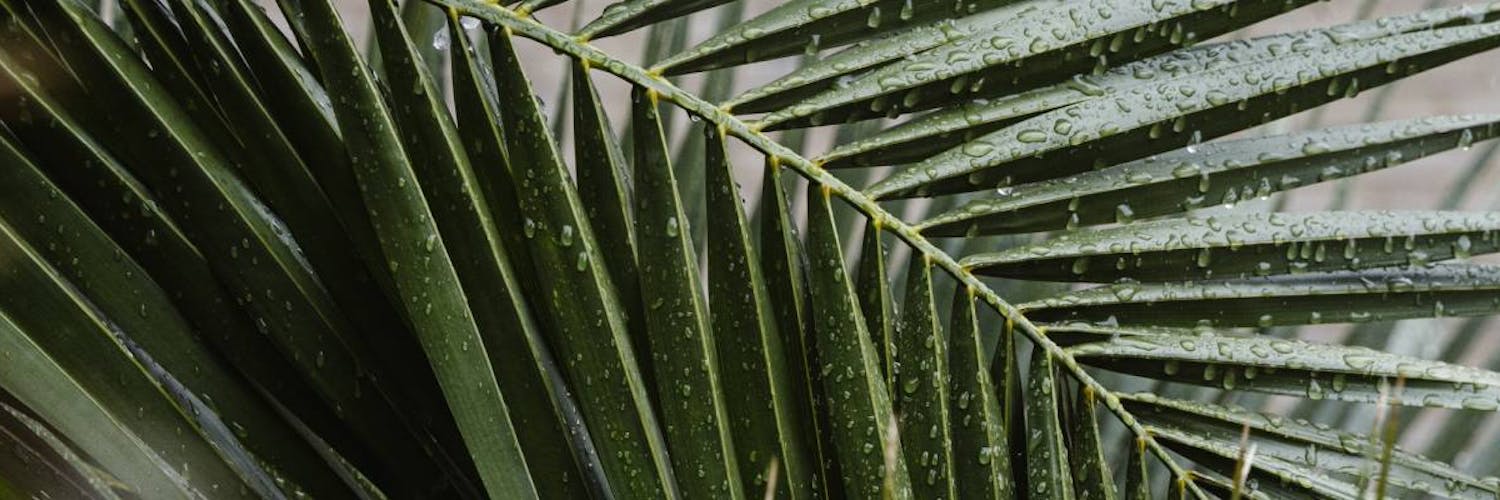Kentia Palm: Basic Care Guide
Kentia palms are one of the most popular species for indoors, as they adapt very easily to lighting conditions, which is often one of the most demanding aspects of growing these plants.

Kentia palms are one of the most popular indoor species, as they adapt very easily to lighting conditions, which is often one of the most demanding aspects of growing these plants. On top of that, they are beautiful throughout their life. When they are small, they look lush and leafy, as they grow they make you fall in love with their elongated trunk and cool tropical vibe. If you are adopting your first Kentia palm, you need to read this basic care guide.
How to care for a Kentia Palm Tree
- how and when do I water my Kentia palm?
The Kentia palm needs a moist but never waterlogged soil. Water abundantly, until the water starts to run out of the drainage holes and always check that there is no water puddling at the bottom. To know when it is time to water again, you should put your hands in the soil.
Feel the substrate, which should feel cool and moist, but should not stick to your fingers like mud. If you see that the first few centimetres of soil feel very dry, it's time to water. If it is a little damp, wait a couple of days and if it feels like mud, check the drainage or the type of substrate because this excess water can kill your palm tree.
- how much light does my Kentia palm need?
As much as you can. Sunlight will contribute to the growth and development of your plant, but don't confuse too much light with too much sun. direct sunlight will burn the palm leaves and rob the substrate of moisture. Leave it in the shade, where it will receive indirect light.
This plant adapts very well to whatever light conditions it has, which is why it is very popular in offices where there are hardly any fluorescent lights and a small window; but as far as possible allow it to receive a few hours of light a day.
- what substrate should my Kentia palm have?
Your Kentia will be happy with a universal substrate to which you have added 20% perlite or any other material that optimises drainage. This species of palm is very hardy and noble, so it can live in poor soils. Remember that drainage is crucial with palms, so don't forget to place a bed of pebbles or polystyrene at the bottom to protect the roots from waterlogging.
- what humidity levels does the Kentia need?
Your Kentia palm is a tropical being, which requires high humidity levels to keep its leaves bright green and abundant. Spray the plant a couple of times a week or whenever you feel it is necessary, especially in winter and summer when you have the air conditioning or heating on, which tends to dry out the environment a lot.
- should I transplant my Kentia?
Kentia are slow-growing palms, but you can change their pot every year, at the beginning of spring. Look for one that is at least 5cm extra in diameter to allow it to grow. Don't forget to fertilise frequently to stimulate their development, especially in spring and summer. Twice a month in these seasons should be sufficient.





